B1 Selection of extracts
B.1.1.- Preparation of micro extracts and primary validation of biopesticide activity
This action was carried out with the aim of establishing the extractive conditions for each type of residual biomass selected in the preparatory action of the project, preparing the corresponding extracts and validating their biopesticide potential against different targets: insects, phytopathogenic nematodes and fungi. This biocidal activity criterion will be used for the selection of extracts for inclusion in the final formulations and field trials.
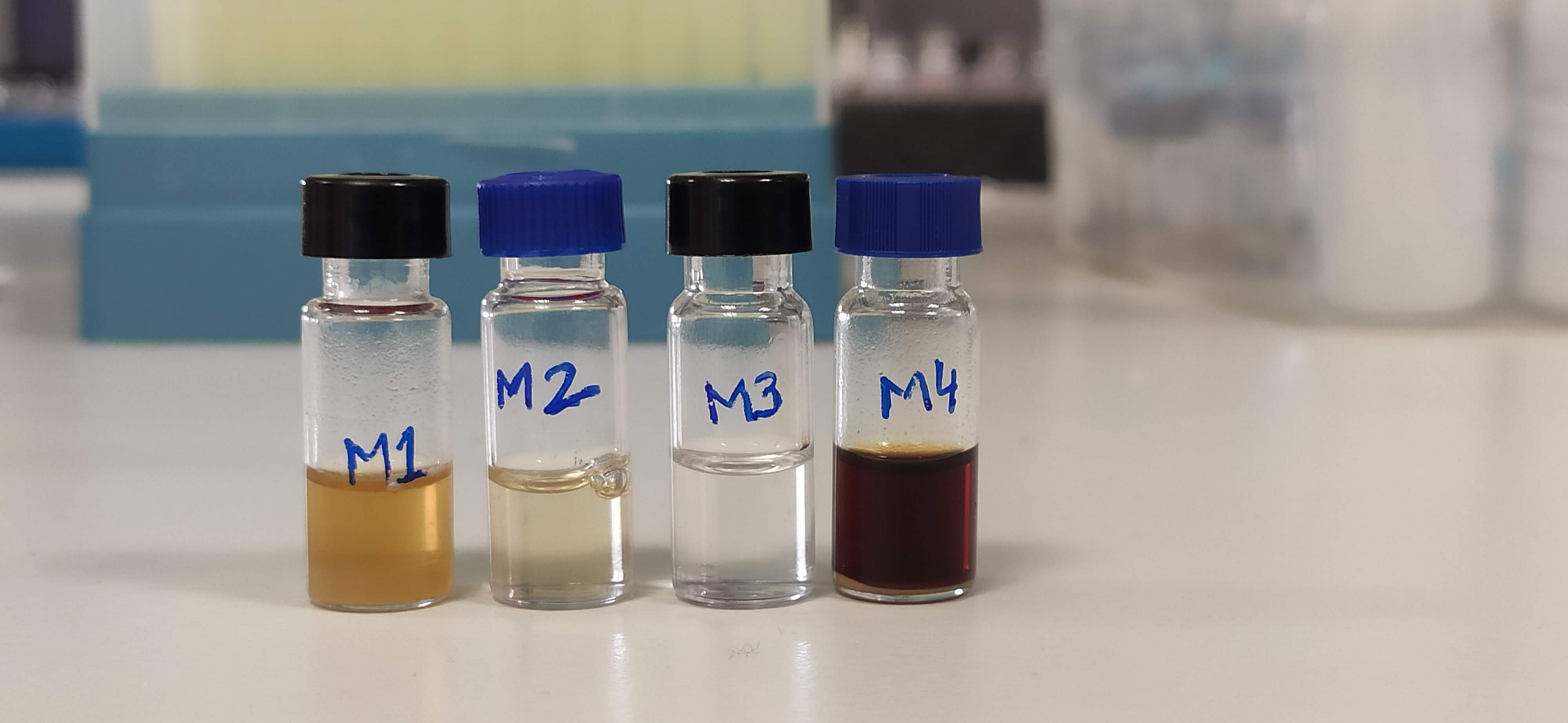
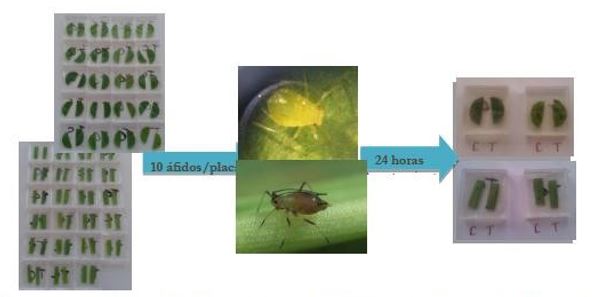

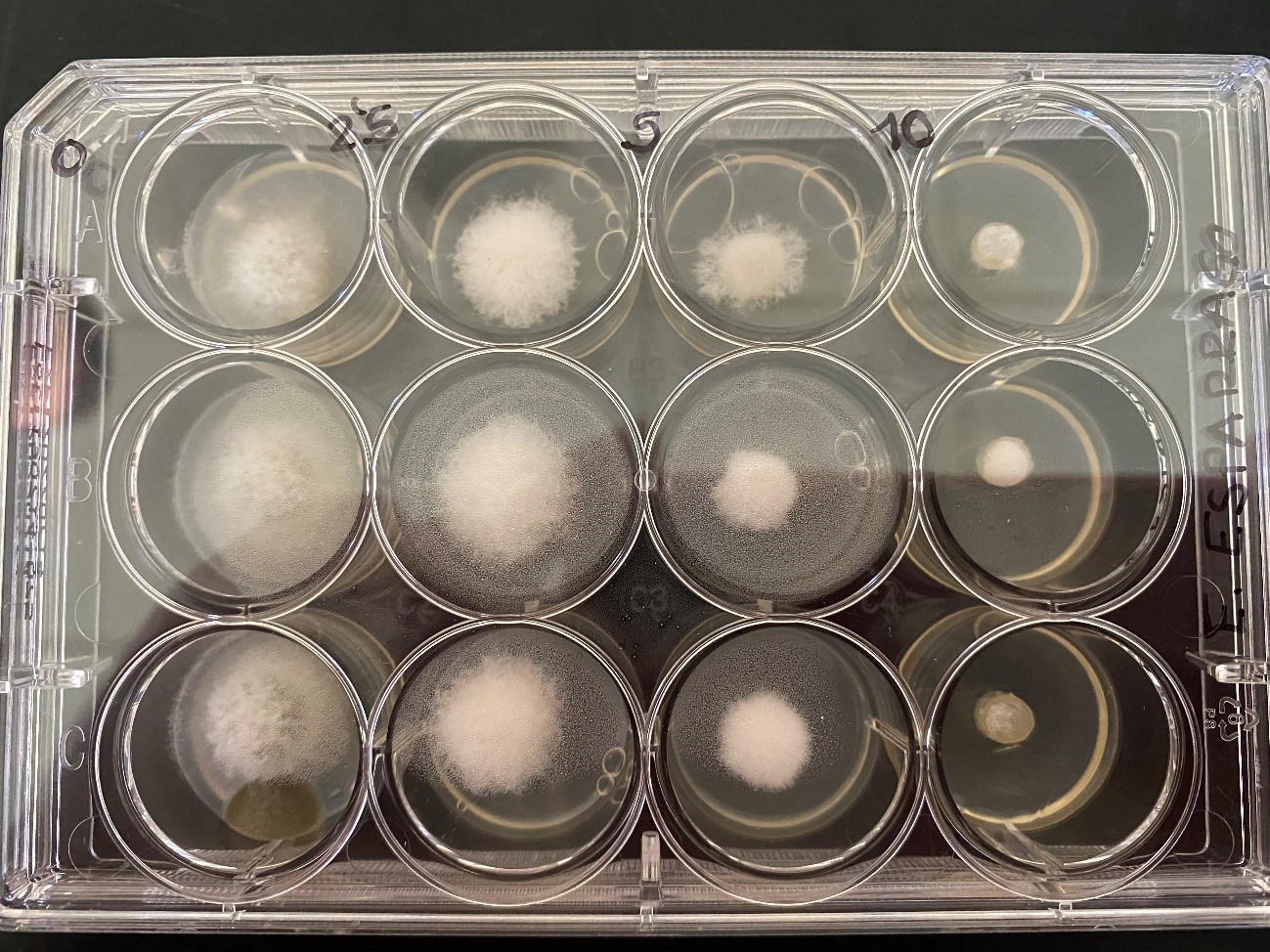
Conclusions
- Ethanolic extracts of by-products show extractive yields of 6 to 28% depending on the plant material (prunings < aerial parts).
- Liquid-liquid extracts of blanching waters (artichoke and asparagus) have yields of 12-26 %. These aqueous extracts show high extraction yields with activated carbon (250-500 %) and freeze-drying (800-500 %) depending on the material (artichoke > asparagus).
- The extracts that have shown significant insecticidal activity (> 70%) are: Olivardilla (EtOH) against M. persicae. Artichoke: petals (EtOH), against M. persicae, blanching water (FO, freeze-dried) against M. javanica. Asparagus: peelings (EtOH) against M. persicae and R. padi, scald water against M. persicae (FO), R. padi (FO), M. javanica (water, FO, charcoal). Alperujo-D (EtOH) against M. persicae.
- The extracts that have shown significant fungicidal activity are: Alperujo (C and D), Ditrichia, Olivardilla, Serrín, Ajedrea.
B.1.2.- Metabolomic analysis of selected extracts
This analysis was performed by HPLC-MS, to generate a chemical fingerprint of each one in order to compare the extracts generated in the scaling process.
Conclusions
- There are different metabolites in each of the samples.
- Dittrichia graveolens (Olivardilla): The majority compounds (% area < 10) correspond to retention times (rt) of 3.51, 23.07, 23.30 and 24.99 min of molecular weights between 117 and 282, with the highest percentage corresponding to rt 23.07 min (mixture of two products of mass 250 and 282 [M+H]).
- Satureja montana (SAMO, Ajedrea): Two samples of Satureja montana were analysed, one of them the domesticated variety (SAMO) and the other the wild variety (Ajedrea). Both samples have very similar compositions. The major compounds (% area > 10) were those with rt 2.93, 3.58, 3.85 and 4.49 minutes.
- Eucalyptus (leaves): Majority compounds (% area > 10) from ethanolic extraction of eucalyptus leaves were those of rt 3.59, 3.85 and 4.35 minutes.
- Defatted pomace: The majority compounds (% area > 10) of defatted pomace were those of rt 3.52, 3.83 and 20.29 (7%) minutes.
- Artichoke: Blanching water and two organic extracts (ethanolic from petals left over from the flower, and the organic phase FO from the ethyl acetate extraction of the blanching water) were analysed and correlated with their activity against M. javanica and M. persicae. The major components (% area > 10) of the ethanolic extract of petals were those with rt 2.93, 3.58, 4.53 minutes, and also showed a strong negative correlation with respect to activity against M. persicae. With regard to the major components of the water FO, those with rt 5.61 and 19.2, with molecular weights between 192 and 220, were the ones with rt 5.61 and 19.2. In this case, the negative association is with the activity against M. javanica.
- Asparagus: Blanching water and two organic extracts (ethanolic from stem peelings and the organic phase FO from the blanching water) were analysed and correlated with their activity against M. javanica and M. persicae.
- The major components (% area> 10) of the ethanolic extract of peelings were those with rts 3.59, 4.36 and 4.50 minutes, and showed negative correlation with activity against M. persicae. The correlation is positive for M. javanica at the 3.59 compound which also appears as the major compound of the scald water. With regard to the major components of the FO of the water, those with rt 27.40, 27.74 and 35.04, with molecular weights between 238 and 444. In this case the negative correlation is with the activity against M. javanica.
- Other compounds with minority area percentages also showed negative correlations with biological activities.
- Majority compounds explain the activity of the extracts.
- These chromatograms serve as a comparison with the extracts obtained in the scale-up.
B.1.3.- Secondary activity validation (in vivo phytotoxicity at laboratory scale)
The phytotoxic effects of the active extracts were evaluated as a criterion to be taken into account in the application of scaled extracts in field trials.
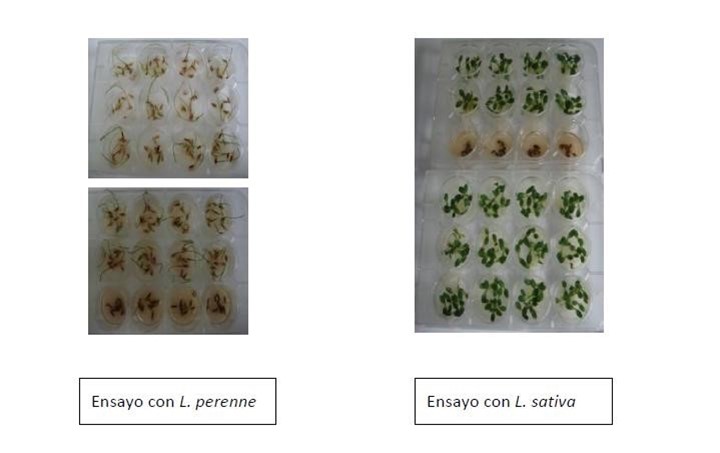
Conclusions
- Germination: Asparagus extracts inhibited germination of both plant species at the highest dose (0.4 mg/ml) in this order: peelings-EtOH vs. L. perenne > water-FO vs. L. sativa.
- Growth:
- L. sativa: Artichoke FO-water and Asparagus peel extract inhibited growth (100 and 50 %) at the maximum dose tested (0.4 mg/ml). Asparagus water FO totally inhibited the growth of L. sativa at all tested doses.
- L. perenne: Artichoke water FO inhibited leaf and root growth at the maximum dose (0.4 mg/ml). Asparagus water FO is more phytotoxic as it inhibited leaf and root growth at two doses (0.4 and 0.2 mg/ml).
B.1.4.- Scale-up of the extraction process
The extraction process of the eucalyptus and alperujo biomasses was scaled up in a pilot plant in order to obtain extracts in sufficient quantity for formulation and field trials.
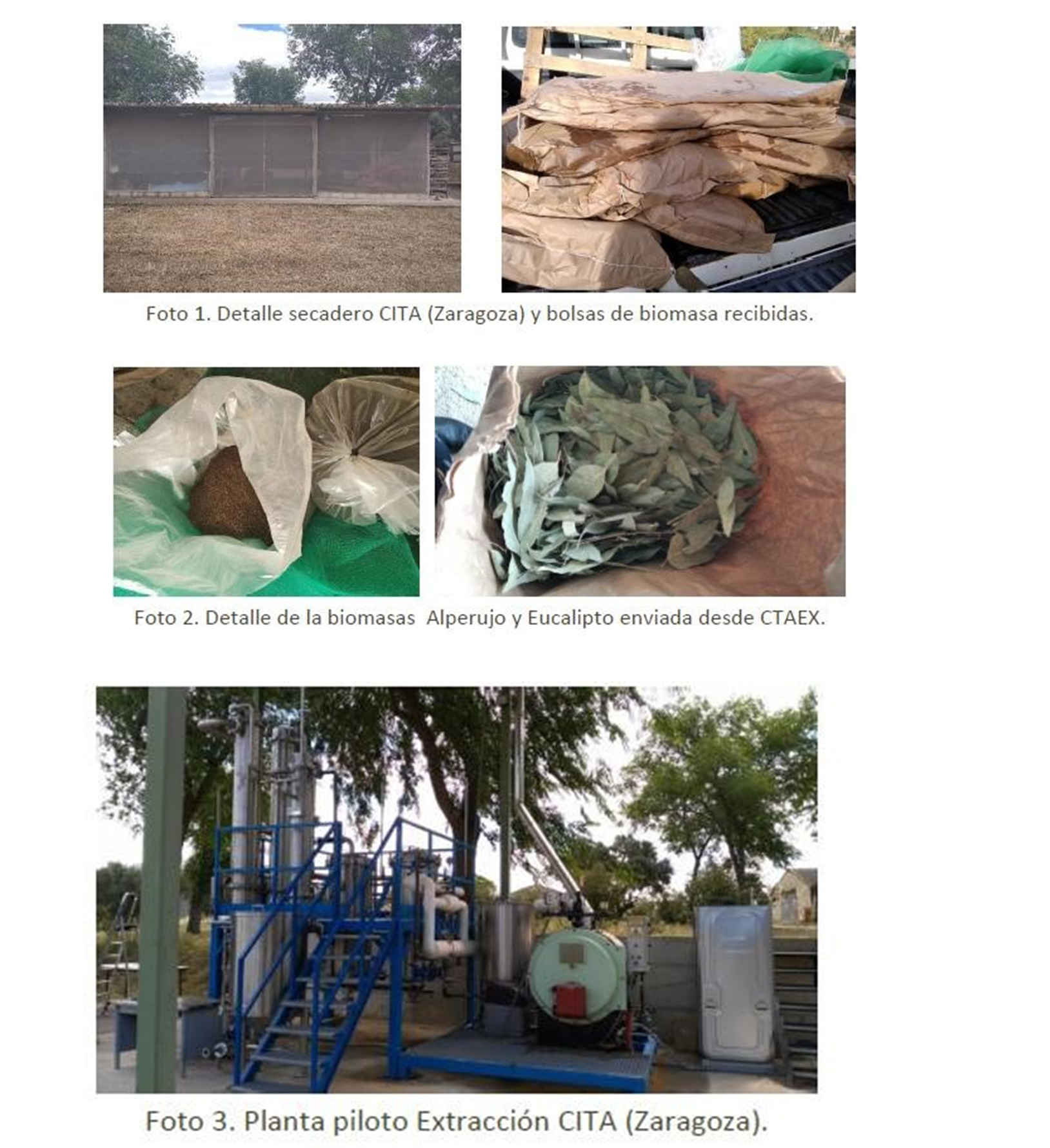

EXTRACT GENERATED IN 2021-2023: 51.95 KG
Conclusions
- Ethanolic extraction of eucalyptus biomass yields 24.50% in pilot plant.
- The ethanolic extraction of alperujo yields 20.56% in the pilot plant.
